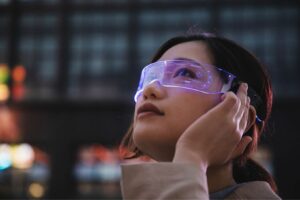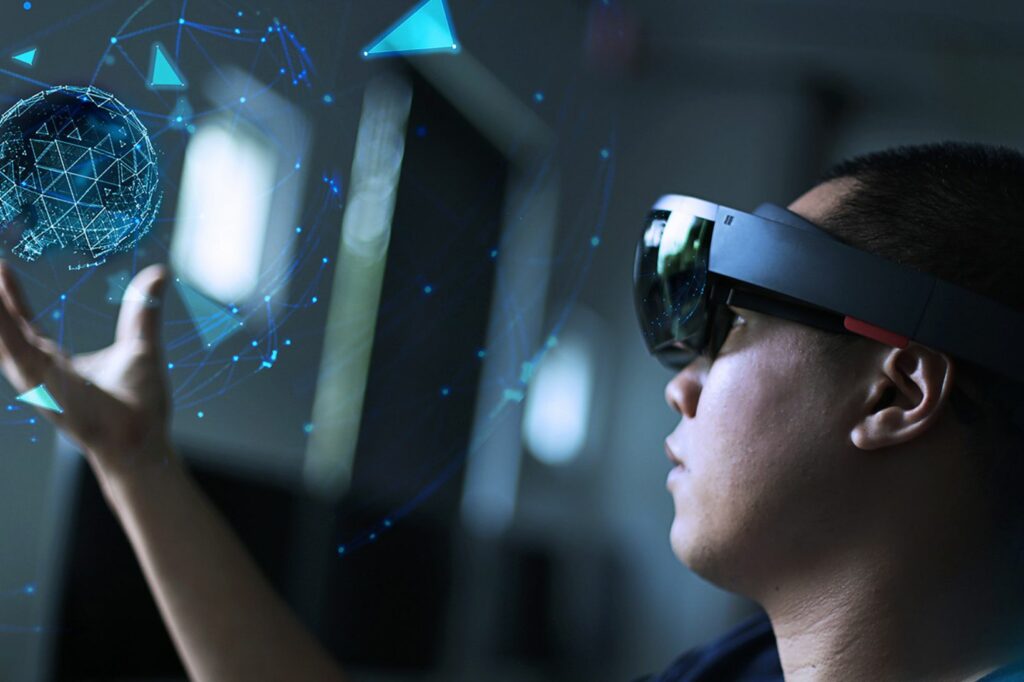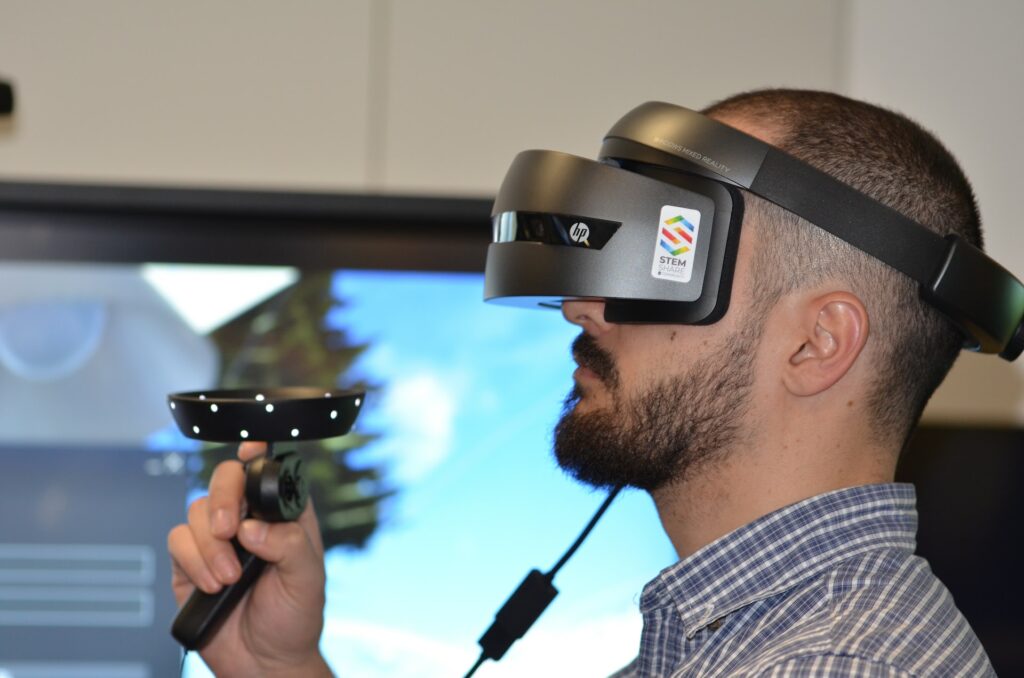Imagine stepping into a world where the line between reality and illusion blurs. That’s the promise of futuristic VR glasses, a technology that’s rapidly evolving and revolutionizing our perception of the digital landscape. From gaming to professional training, these devices are transforming how we interact with virtual environments.
But what exactly makes these VR glasses ‘futuristic’? And how do they differ from the VR technology we’re already familiar with? This article will delve into the cutting-edge features of these devices, their potential applications, and how they’re set to redefine our virtual experiences.
Futuristic VR Glasses
This section dives deeper into the sophisticated nuances of cutting-edge VR glasses, unraveling their key features and the innovative technologies incorporated.
Key Features of Futuristic VR Glasses

Futuristic VR glasses come loaded with distinct features that make them look more like a sprout from a sci-fi novel than a mere technological device. First, high resolution: these glasses promise a hyper-realistic user experience by producing images in a very high resolution. For instance, Varjo’s VR-3 offers a resolution of over 70 pixels per degree.
Second, wider field of view (FOV): This feature ensures users get a more immersive VR experience. An example is the Pimax 8K X, touting an extensive FOV of 200 degrees. Third, eye-tracking technology: It enables the VR systems to understand exactly where users are looking, enhancing the sense of immersion.
New Technologies Incorporated in Futuristic VR Glasses
There are numerous breakthrough technologies being merged into futuristic VR glasses, propelling the efficacy of these devices to new heights. Among them, foveated rendering technology stands prominent. It duplicates the human eye’s behavior by rendering the most detail at the spot where the user is directly looking at.

Second, incorporating AI and machine learning algorithms also marks a significant advancement in VR glasses tech. Companies like Neurable work on integrating brain-computer interfaces (BCI), where the device reacts to the user’s brain activity.
By integrating these breakthrough technologies, futuristic VR glasses are set to deliver an unmatched VR experience, redefining our interaction with virtual environments.
Market Leaders in Futuristic VR Glasses
Exploring the competitive landscape, the futuristic VR glasses market exhibits dominion of few major technology companies. The following subsections will discuss about these market leaders and their standout offerings.

- Facebook (Meta)
Facebook, now rebranded as Meta, stands leading in the VR glasses realm. Meta’s offering, the Oculus Quest 2, stands out with its 1832 x 1920 resolution per eye, 90 Hz refresh rate, and 5-20 meters of tracking area which empower users with unrivaled immersive experiences. - Sony
Sony’s PlayStation VR marks its presence with its 5.7” OLED display delivering 1080p resolution, 360-degree vision, and up to 120 frames per second that provides a seamless blend of reality and the virtual world. - HTC
HTC’s Vive Cosmos echoes its existence with its 2880 x 1700 combined pixel resolution, 90Hz refresh rate, six camera sensors for tracking, and a flip-up design, offering gamers an unparalleled VR experience. - Google
Google stakes its claim with Google Daydream, characterized by its comfortable, lightweight design and extensive compatibility with latest Android phones, bringing VR experiences to a broader audience. - Samsung
Samsung Gear VR, powered by Oculus, thrives with its wide 101° field of view, gyro sensor and accelerometer, offering users a chance to enjoy high-quality VR even with just a Samsung smartphone.
Each of these products exhibits unique aspects, pushing the boundaries of virtual reality technology. As these companies continue to innovate, there’s anticipation for more advanced, accessible, and immersive VR glasses in the future.
Anticipated Developments
Futuristic VR glasses are transforming the digital landscape. They’re not just about gaming anymore; they’re revolutionizing sectors from healthcare to education. With features like high resolution, wide field of view, and immersive haptics, they’re redefining user experiences. Advances in technologies like foveated rendering, AI, and wireless connectivity are further enhancing these experiences. While there are hurdles like motion sickness and power consumption, the industry’s continual innovation promises to overcome these. Market leaders like Meta’s Oculus Quest 2 and Sony’s PlayStation VR are setting the pace, but the race is on.



